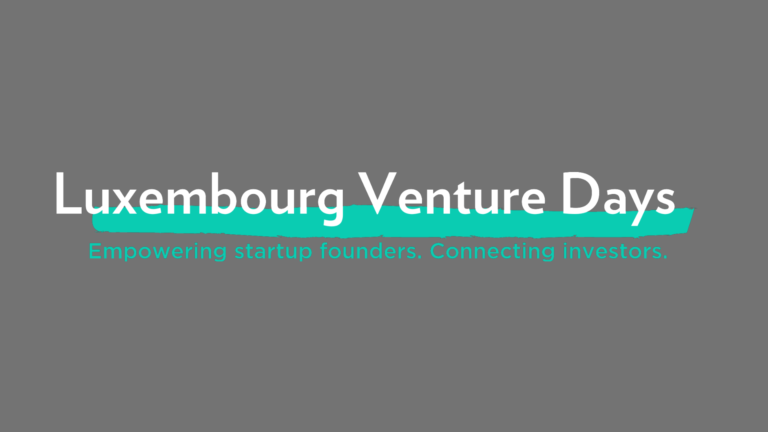Cryptoassets are likely to become part of the fund landscape
Private Equity Insight/Out, Issue 1, February 2018
LPEA asked Dr. Pinar Emirdag, Senior Vice President and Head of Digital Product Development and Innovation at State Street, her view on the opening of banks to cryptocurrencies.
From your perspective, what is the current appetite for developing new services in relation to cryptocurrency in your bank?
Institutional interest in cryptocurrencies and related digital assets increased over the course of 2017, and continues today. In line with market demand, we are considering all appropriate service offerings that may be developed around the emerging cryptoasset class. This includes:
- fund administration services and the challenge of creating Net Asset Value for these alternative assets;
- custody services for cryptoassets that may require sub-custodian relationships or self-custody models; and
- the creation of indicators and other data services that provide insights and intelligence regarding cryptoasset movements and correlation to evolving regulatory frameworks.
As the markets develop to cater for the needs of institutional investors, our areas of exploration are likely to broaden.
What would be the biggest challenges in implementing these new facilities, such as depositary services, for cryptoassets?
There are many challenges in implementing new services for cryptoassets, from regulatory landscape to security, lack of a developed market structure to tools, and needing to deal with the intricacies of the instruments themselves. Many of these challenges are not uncommon when building new services for new asset classes. The regulatory opinions vary vastly from jurisdiction to jurisdiction, and are mostly still in development, with a lot of inconsistencies. Similarly, on/off ramps to cryptoassets are in development, catering for OTC platforms. Alongside the nature of the instrument itself, the lack of a well-connected market structure contributes to the volatility of the assets. An equally daunting challenge exists around the implementation of appropriate security principals for these cryptoassets that, by-design (for the most part), operate on a network of anonymous participants. While there are implementations that have evolved providing certain levels of KYC/AML capabilities, these will require thorough analysis to ensure fraudulent individuals can be identified and appropriately controlled. Many of the markets we serve today started in similar ways, some dating back hundreds of years while others over the last decade or two.
How can a jurisdiction such as Luxembourg become a global financial centre for cryptocurrency funds?
As cryptoassets and their market structures develop, they are likely to become part of the fund landscape and it will be difficult to make a distinction. This is in line with alternative funds that are already looking into these instruments. Similarly, managers from well-established funds have been moving to this space and setting up new funds. The above points will need to be tackled in order for any jurisdiction to appropriately support this evolving space.





